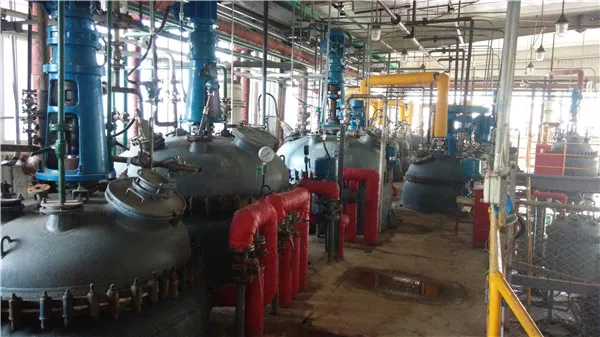Chemical Water Purification Methods Ensuring Safe and Clean Water
Access to clean and safe drinking water is a fundamental human right and a critical factor for public health. However, due to industrialization, agricultural runoff, and urbanization, the quality of water sources has significantly deteriorated in many regions. To combat water pollution and ensure safe drinking water, various chemical water purification methods have been developed. This article explores some of the most effective chemical methods for water purification and their applications.
1. Coagulation and Flocculation
Coagulation and flocculation are often the first steps in water treatment. This process involves the addition of chemical coagulants such as aluminum sulfate (alum) or ferric chloride to raw water. These chemicals neutralize the charge of suspended particles, causing them to clump together and form larger aggregates called flocs. Once flocs are formed, they can be easily removed from the water through sedimentation or filtration.
Coagulation is essential for removing turbidity, organic matter, and pathogens from water. The effectiveness of this process relies on factors such as pH, temperature, and the type of coagulant used. Adjusting these parameters can enhance the floc formation and separation processes, leading to better purification outcomes.
2. Disinfection
Disinfection is a critical step in ensuring that water is safe for consumption. Chemical disinfectants such as chlorine, ozone, and chloramines are commonly used to eliminate or deactivate pathogenic microorganisms, including bacteria, viruses, and protozoa.
Chlorination is one of the most widely used methods for disinfection. The addition of chlorine to water forms various chlorine species that effectively kill harmful microorganisms. However, the formation of disinfection by-products (DBPs), which can be harmful to health, is a significant concern in chlorinated water.
Ozone disinfection offers a chemical-free alternative to traditional methods. Ozone (O3) is a powerful oxidizing agent that can effectively destroy pathogens and organic contaminants without leaving harmful residues. However, the generation and application of ozone require specialized equipment and safety precautions due to its toxicity.
3. Advanced Oxidation Processes (AOPs)
chemical water purification methods

Advanced Oxidation Processes (AOPs) are innovative chemical methods that involve the generation of highly reactive species, such as hydroxyl radicals, to degrade organic pollutants. Common AOP methods include the use of hydrogen peroxide combined with ultraviolet (UV) light or ozone.
AOPs are particularly effective for treating wastewater and removing persistent organic pollutants that are resistant to conventional treatment methods. These processes can significantly reduce the concentration of substances like pharmaceuticals, pesticides, and industrial chemicals, making treated water safer for discharge or reuse.
4. Ion Exchange
Ion exchange is a chemical method that removes unwanted ions from water by exchanging them with more desirable ions. This process is commonly used to soften hard water (removing calcium and magnesium ions) and to remove heavy metals and radioactive elements.
In an ion exchange system, water passes through a resin bed containing charged sites. As water flows through, unwanted ions are attracted to the resin, while equivalent amounts of harmless ions (typically sodium) are released into the water. This method is highly effective for water purification, particularly in areas with high levels of hardness or contamination with toxic metals.
5. Reverse Osmosis
While not purely a chemical method, reverse osmosis (RO) employs a physical barrier combined with chemical treatment to achieve water purification. This process involves forcing water through a semipermeable membrane that removes a wide range of contaminants, including salts, heavy metals, and organic compounds.
RO systems often incorporate pre-treatment methods such as chlorination and coagulation to enhance efficiency and prolong membrane life. The combination of RO and chemical methods results in high-quality water, making it suitable for various applications, including drinking water, industrial processes, and irrigation.
Conclusion
Chemical water purification methods play a crucial role in ensuring that water is safe and suitable for human consumption. As the demand for clean water increases globally, the development and optimization of these methods become ever more critical. By utilizing a combination of coagulation, disinfection, advanced oxidation processes, ion exchange, and reverse osmosis, communities can effectively tackle water contamination issues and protect public health. Understanding these methods not only helps in solving current water quality problems but also paves the way for sustainable water management practices in the future.

